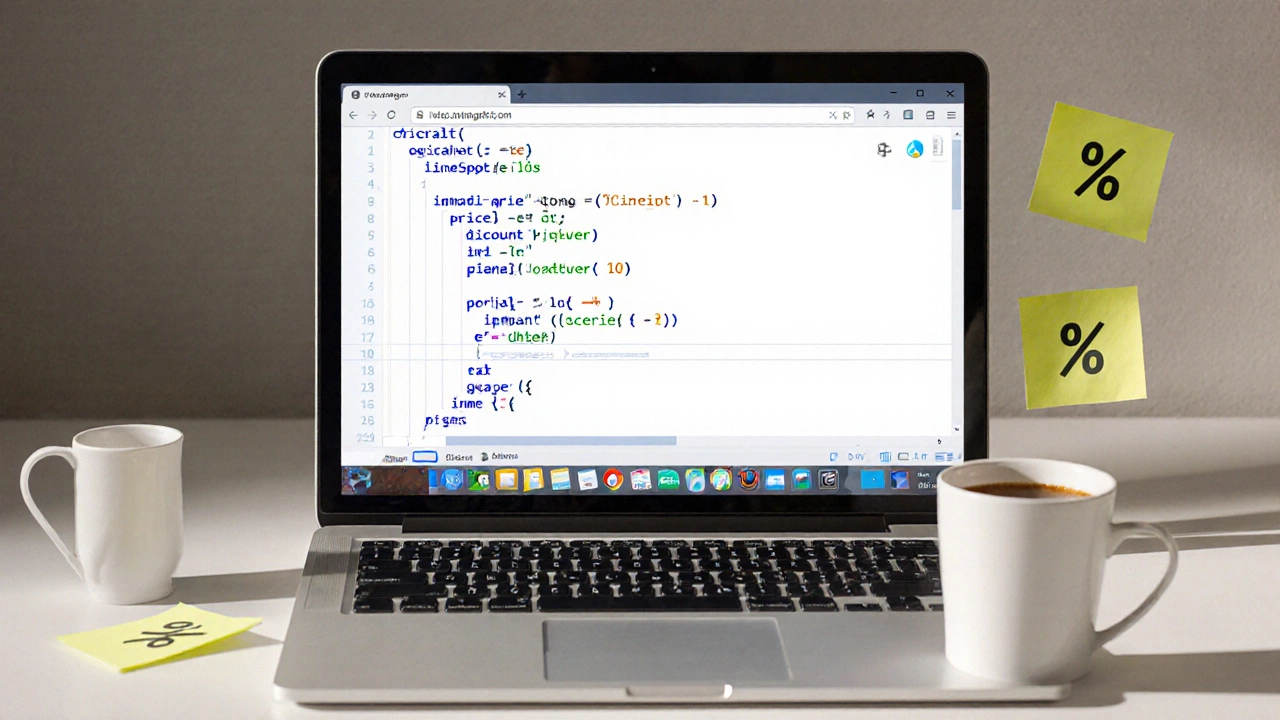Learn JavaScript: Your First Steps to Real Coding
If you’re staring at a blank screen wondering where to begin, you’re not alone. JavaScript feels scary at first, but the basics are easy enough to pick up in a weekend. The key is to stop overthinking and start writing tiny bits of code that actually do something.
Grab a free editor like VS Code, open a new file, and type console.log('Hello, world!');. Save the file as intro.js and run it with Node or open it in a browser. You should see “Hello, world!” printed out. That one line shows three things: you can write code, you can run it, and you can see the result. That’s the whole loop you’ll repeat over and over.
Pick a Simple Roadmap
Don’t try to learn every feature at once. Focus on four core ideas first:
- Variables – how you store data (
let, const).
- Functions – blocks of code you can call later.
- Loops – running the same code many times.
- DOM manipulation – changing what users see on a web page.
Once you’re comfortable with those, move on to arrays, objects, and async patterns. This step‑by‑step method keeps the learning curve smooth and gives you something to show for every week.
Free Resources That Actually Work
There are tons of tutorials out there, but a few stand out for beginners:
- MDN Web Docs – clear reference and examples for every topic.
- freeCodeCamp – interactive lessons that let you code in the browser.
- JavaScript.info – deep dives that stay beginner‑friendly.
Pick one and stick with it for at least two weeks. Jumping between sites too quickly can leave you confused.
Practice matters more than reading. After each new concept, write a tiny project: a countdown timer, a to‑do list, or a simple calculator. These projects force you to combine what you’ve learned and highlight gaps in your understanding.
When you hit a snag, search the exact error message. The JavaScript community is huge, and chances are someone else has solved the same problem. Stack Overflow, Reddit’s r/learnjavascript, and the MDN comment sections are gold mines for quick fixes.
Don’t forget to use the browser’s developer tools. Open Chrome’s DevTools, go to the Console tab, and experiment live. Changing a variable’s value or calling a function on the fly shows you how code behaves in real time.
As you get comfortable, start reading other people’s code. GitHub hosts countless open‑source projects. Look at a small library, see how functions are organized, and try to add a tiny feature. This habit builds intuition about code structure and naming conventions.
Finally, set a tiny habit: write at least one line of JavaScript every day. Consistency beats marathon sessions. Over a month you’ll accumulate a decent codebase, and the confidence to tackle bigger challenges will follow.
Remember, learning JavaScript isn’t a race. It’s a series of small wins that add up. Start with “Hello, world!”, follow the simple roadmap, use the free resources, and keep coding daily. Before you know it, you’ll be turning ideas into interactive web experiences without the overwhelm.





